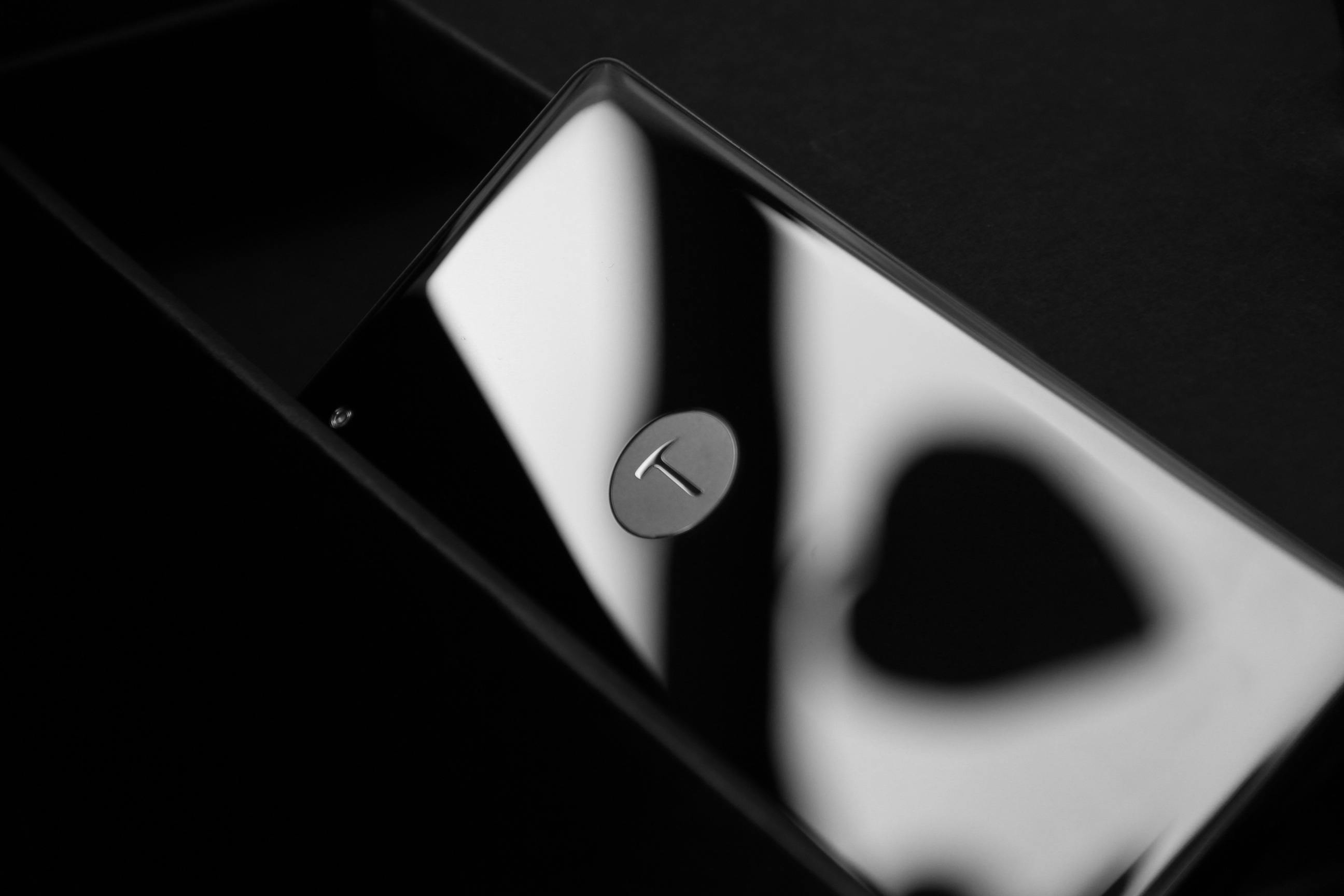
New Book Reveals The Evolution Of Bruce Lee’s Formless Form
Before reading this book, I only knew that Bruce Lee had been a martial arts movie star. She had never seen one of his movies or read anything about him. He had no idea what a fascinating person he was; not only was he a great athlete, but i was pleasantly surprised to find out what an amazing artist and philosopher he was. In fact, “artist” defines him better than “athlete”, in my opinion, because as Tommy Gong shows in “Bruce Lee: The Evolution of a Martial Artist”, Bruce Lee dedicated himself to his art, constantly studying the form and learning how to improve it, seeking to turn it into the formless form that could never stagnate by making it adhere to hard principles.
Gong retells the life story of Bruce Lee focusing on the development of his own form, Jeet Kune Do. Gong explores the three main periods of Lee’s development and teaching as he lived in Oakland, Seattle, and Los Angeles at different points in his life. Interviewing Lee’s former students, Gong found significant differences in what they were taught. The result is a new understanding of Lee’s methods and the evolution of his formless Jeet Kune Do form, and a close look at the philosophical beliefs Lee held about the martial arts and about life itself.
Anyone already familiar with Lee and his martial arts will find all the necessary details here to take that understanding to a new level, including the curricula Lee gave his students, the influences on Lee, and his own thoughts and wishes for develop your art. Gong states that the purpose of the book is to answer the question, “What led you to [Lee] modify your techniques and training methods, influencing your direction and development as a martial artist?”
What I found most surprising about this book is that while it could be used to understand and improve one’s technique, with photos of various movements and postures, more importantly, it reveals Lee’s philosophy behind the creation of Jeet Kune. Do and your refusal to capitalize. creating a form that could be taught in a school franchise because he knew the students would suffer as a result. Lee insisted on personally teaching Jeet Kune Do to his students, and he did not expect them to follow his methods exactly, but to use what they could and develop their own skills according to what worked best for them. Among the many quotes from Lee’s book on the development of Jeet Kune Do, Lee states: “Man, the living creature, the creative individual, is always more important than any established style” and “The function of Jeet Kune Do is to liberate , do not tie”. Gong adds, “He encouraged fans to blaze their own paths in their personal development and excellence in martial arts, to have faith and self-confidence in taking directions that might even deviate from the path of Bruce Lee.”
Lee understood that martial arts was much more than physical fights. He stated, “To me, at least the way I teach it, all kinds of knowledge ultimately mean self-knowledge. So there are people who come and ask me to teach them not so much how to defend themselves or how to do it.” Rather, they want to learn to express themselves through some movement, be it anger, determination, or whatever. So, in other words, they’re paying me to show them, combatively, the art of expressing the human body.”
More than an athlete, a movie star or an artist, Lee was also a philosopher. He was a firm believer in positive thinking and even wrote poetry with a positive message. He believed in the spiritual side of his art, stating, “Jeet Kune Do is ultimately not a matter of petty technique but of highly developed spirituality and personal physique. It is not a matter of developing what has already been developed but of recovering what has been left behind. These things have been with us, in us, all along and have never been lost or distorted except by our mishandling of them. JKD is not a matter of technology but of spiritual knowledge and training.” .
After reading “Bruce Lee: The Evolution of a Martial Artist”, I am now a fan of Lee. I have great respect for not only his physical prowess but also his intellectual prowess. He devoted himself to his art, reading everything he could, from books on fencing and wrestling to Chinese philosophy and self-help books. He was more than a martial artist; he was a liberator of man. In a 1971 article in “Black Belt” magazine, he stated, “we must acknowledge the incontrovertible fact that, regardless of its many colorful origins (by a wise and mysterious monk, by a special messenger in a dream or revelation sacred) styles are created by men. A style should never be considered evangelical truth, whose laws and principles can never be violated. Man, the living individual and creator, is always more important than any established style”.
Now I understand why Bruce Lee became such an icon and remains a household name forty years after his death. It’s not because he was a great martial artist, not because he had a great physique, but because he had an inquisitive mind and a great soul that allowed him to achieve such great skill and physique, and create a legacy that will last for generations. to come.
Anyone who is a fan of Bruce Lee will love this book for its many photos and anecdotes about Bruce Lee. It is a great testimony of a great man, and I feel that my life has been enriched by reading it.